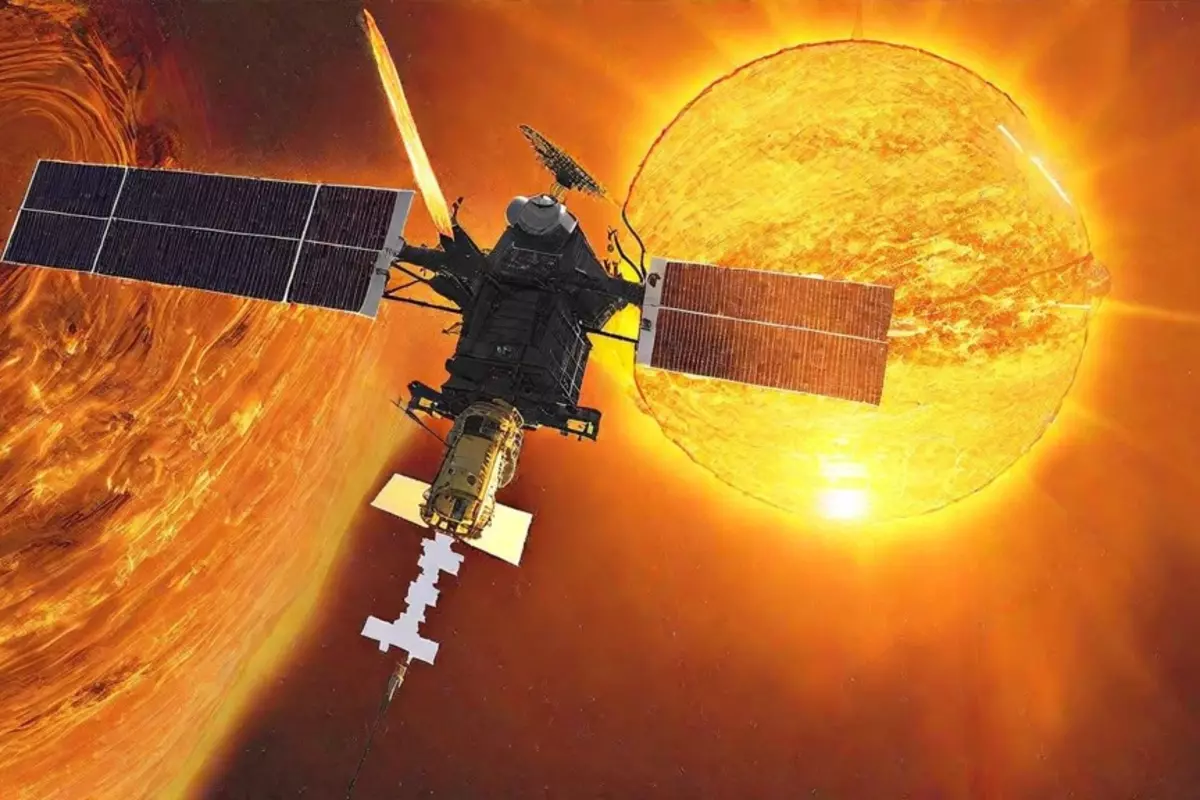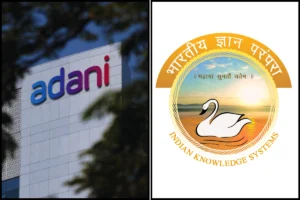
The Polar Satellite Launch Vehicle, or PSLV-C57.1 rocket carrying the orbiter successfully launched from the Satish Dhawan Space Centre in Andhra Pradesh’s Sriharikota, according to the Indian Space Research Organisation (ISRO). The first Earth-bound firing to raise Aditya-L1’s orbit is scheduled for around 11:45 am on Sunday.
A week after its illustrious Chandrayaan-3 moon landing mission, the Indian Space Research Organisation successfully launched its maiden solar mission.
Latest information on the Aditya-L1 solar mission
1. “Aditya-L1 began producing power. The solar panels have been installed. On September 3 at about 11:45 a.m., the first Earth-bound firing to increase the orbit will take place, the ISRO said on Saturday.
2. The rockets will be fired during the Earth-bound motions, and as necessary, angles will be adjusted. Perhaps the best way to understand how this will function is to use the example of a swing. To make the swing go higher, pressure is applied (by changing body weight) as the swing is falling down towards the earth. Aditya-L1 will slingshot around to its planned route towards L1 once it has gained enough speed.
3. According to the organisation, the PSLV properly positioned the Aditya-L1 satellite into its designated orbit.
4. According to the ISRO, Aditya-L1 would remain in its Earth-bound orbit for 16 days and perform five manoeuvres to increase its speed.
Also read: India’s Aditya-L1 Mission: Paving Way For A Solar Future In Space
5. Aditya-L1 will next perform a trans-Lagrangian1 insertion operation, starting its 110-day trajectory to the location around the L1 Lagrange Point, the statement stated.
6. Once Aditya-L1 reaches the L1 point, a further manoeuvre will fix it to an orbit around L1, a gravitationally balanced place halfway between the Earth and the Sun. The satellite will spend the entirety of its mission life in an erratic orbit around L1 in a plane that is nearly perpendicular to the line connecting the Earth and the Sun.
7. The organisation estimates that the Aditya-L1 mission will arrive at the observation location in four months. It will be positioned in a halo orbit around Lagrangian Point 1 (L1), 1.5 million kilometres from Earth, in the direction of the Sun.
Also read: India’s Aditya-L1 Mission: Paving Way For A Solar Future In Space
8. It is carrying seven different payloads, which will conduct a detailed study of the Sun. While four of the payload instruments will observe the light from the Sun, the remaining three will measure in-situ parameters of the plasma and magnetic fields.
9. Because of its advantageous position, Aditya-L1 will be able to continually watch the Sun without interference from eclipses or occultation, enabling researchers to track solar activity and its effects on space weather in real-time.
10. The data from the spacecraft will advance knowledge of the factors that influence space weather and pinpoint the series of events that precede solar eruptions.
To read more such news, download Bharat Express news apps




















